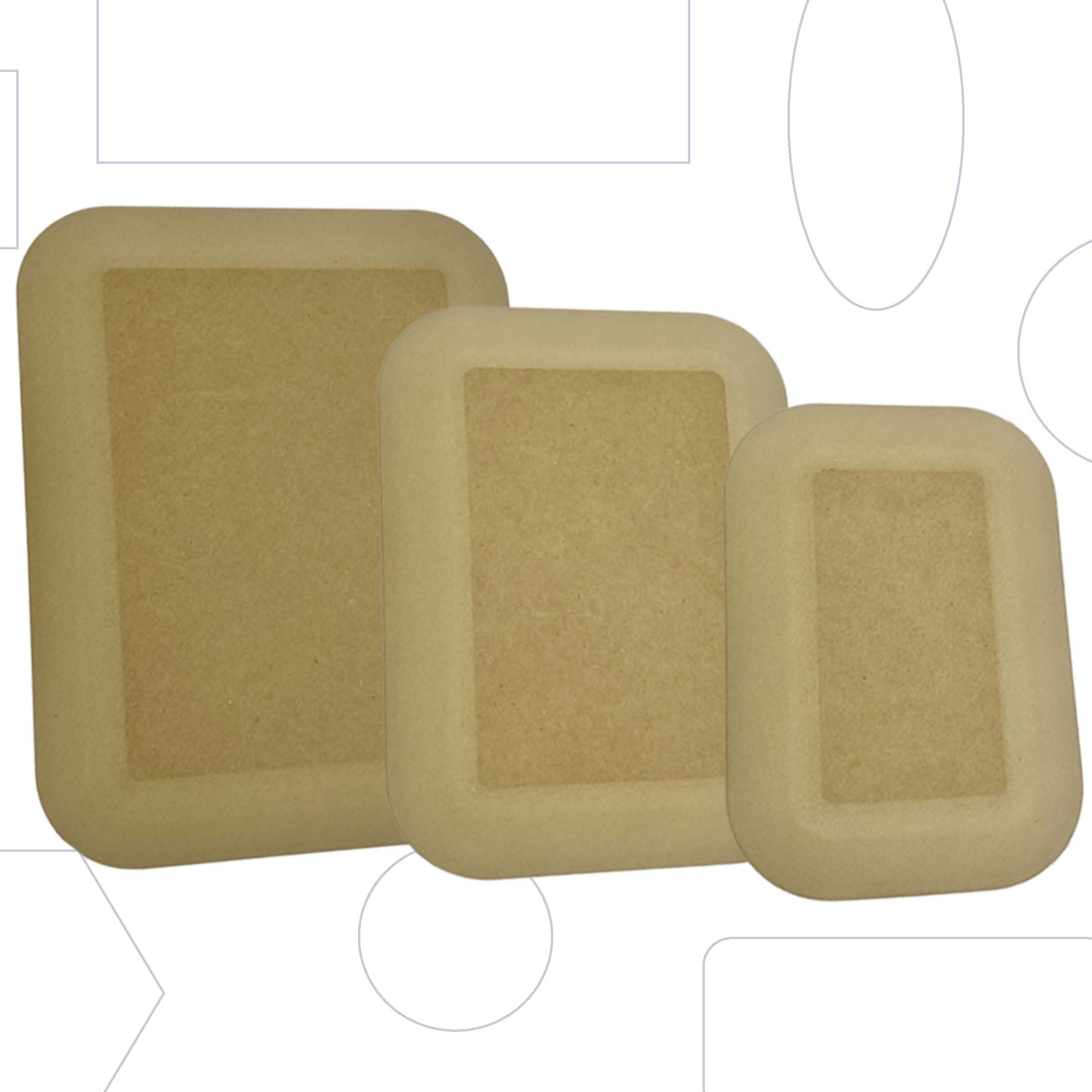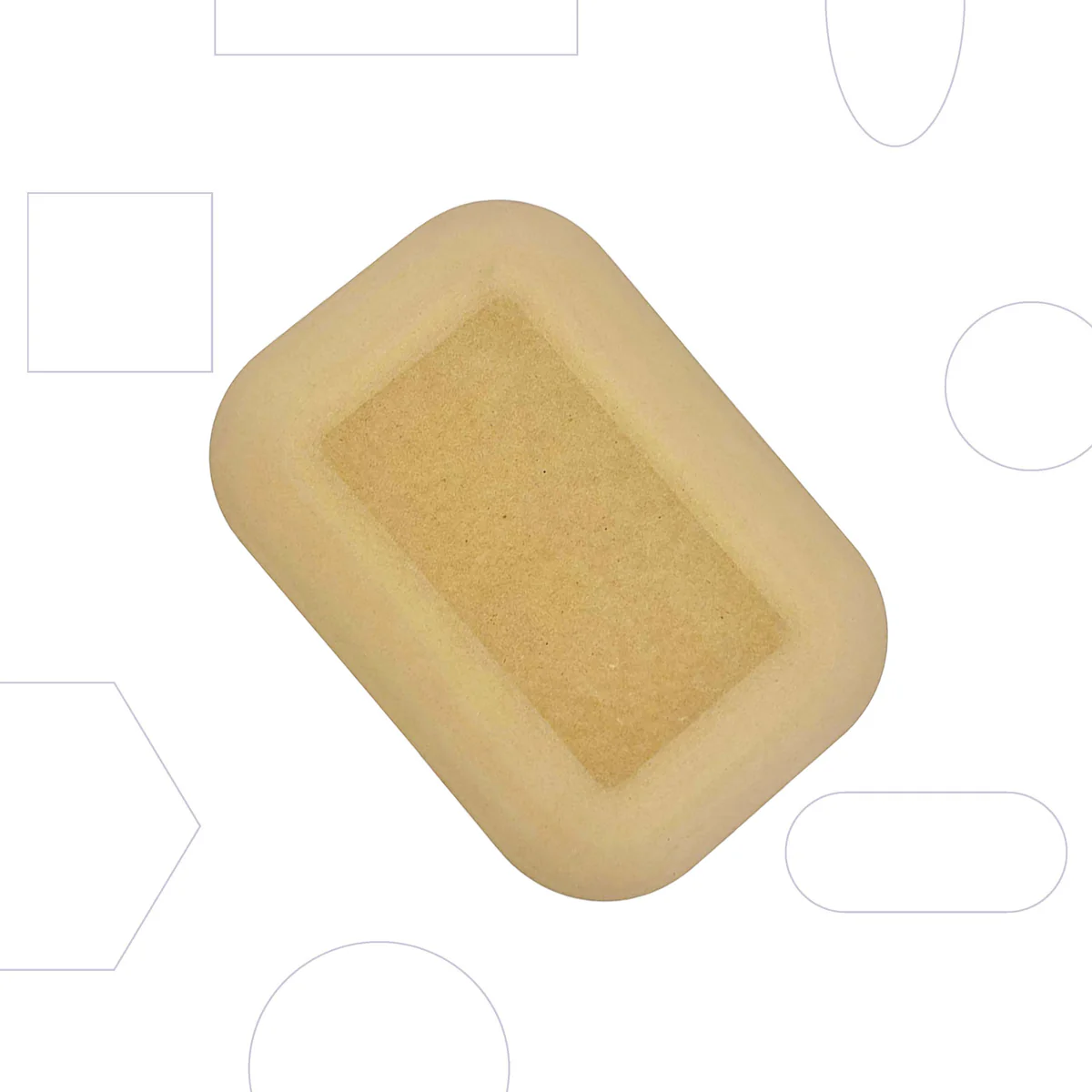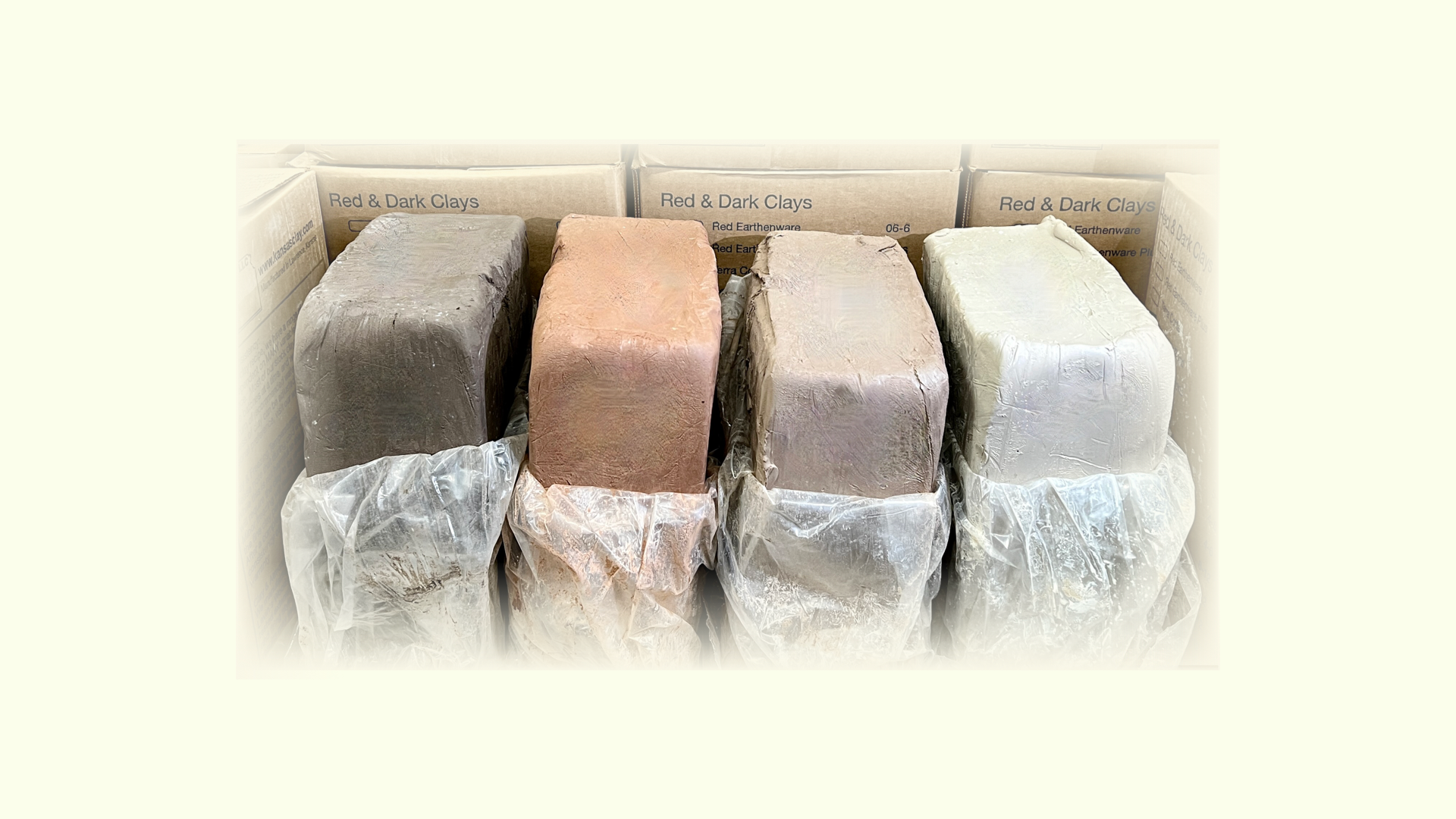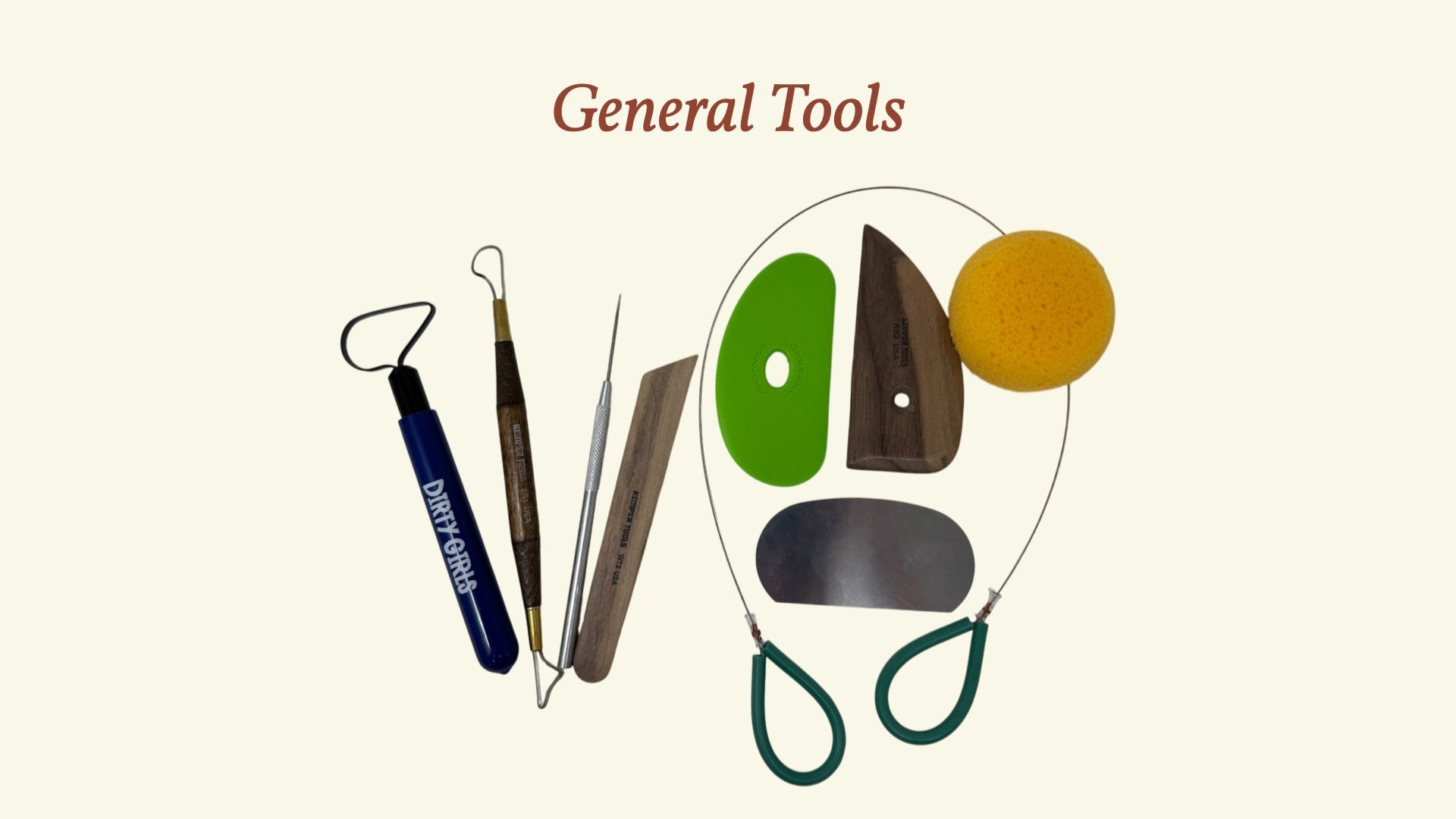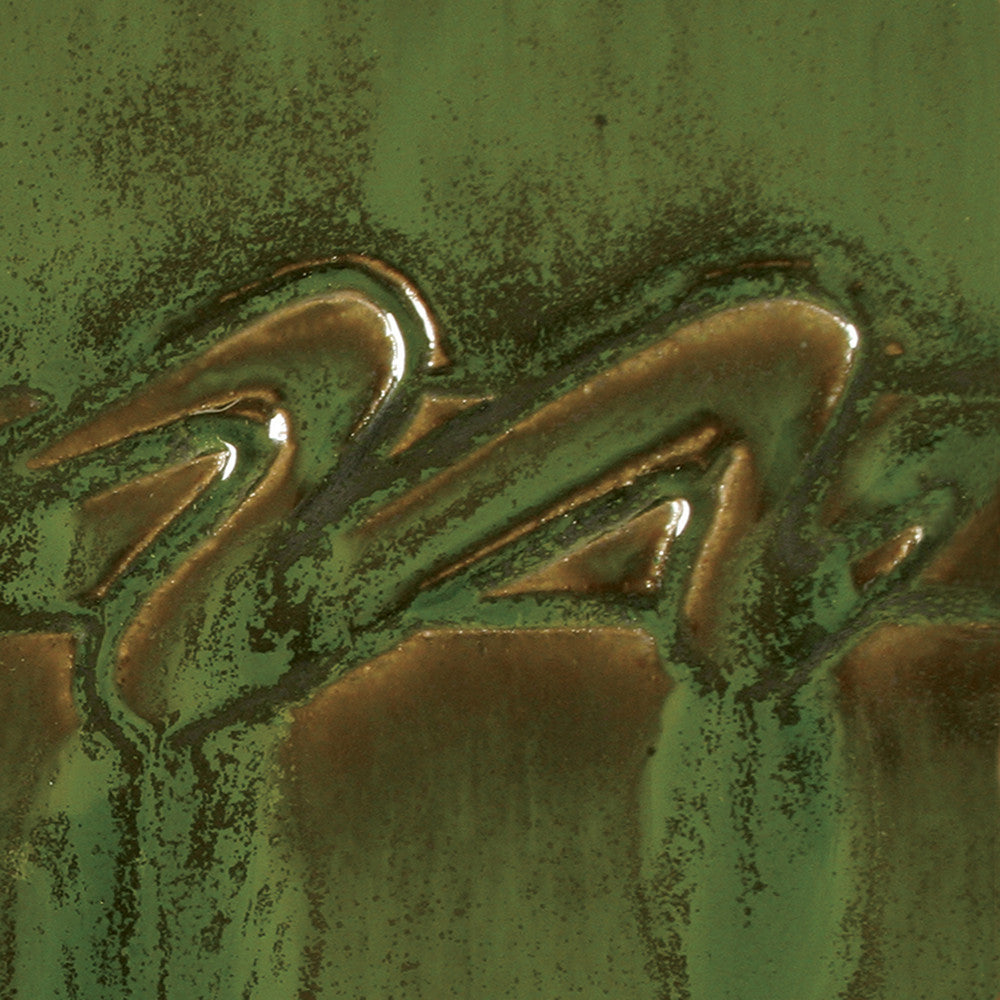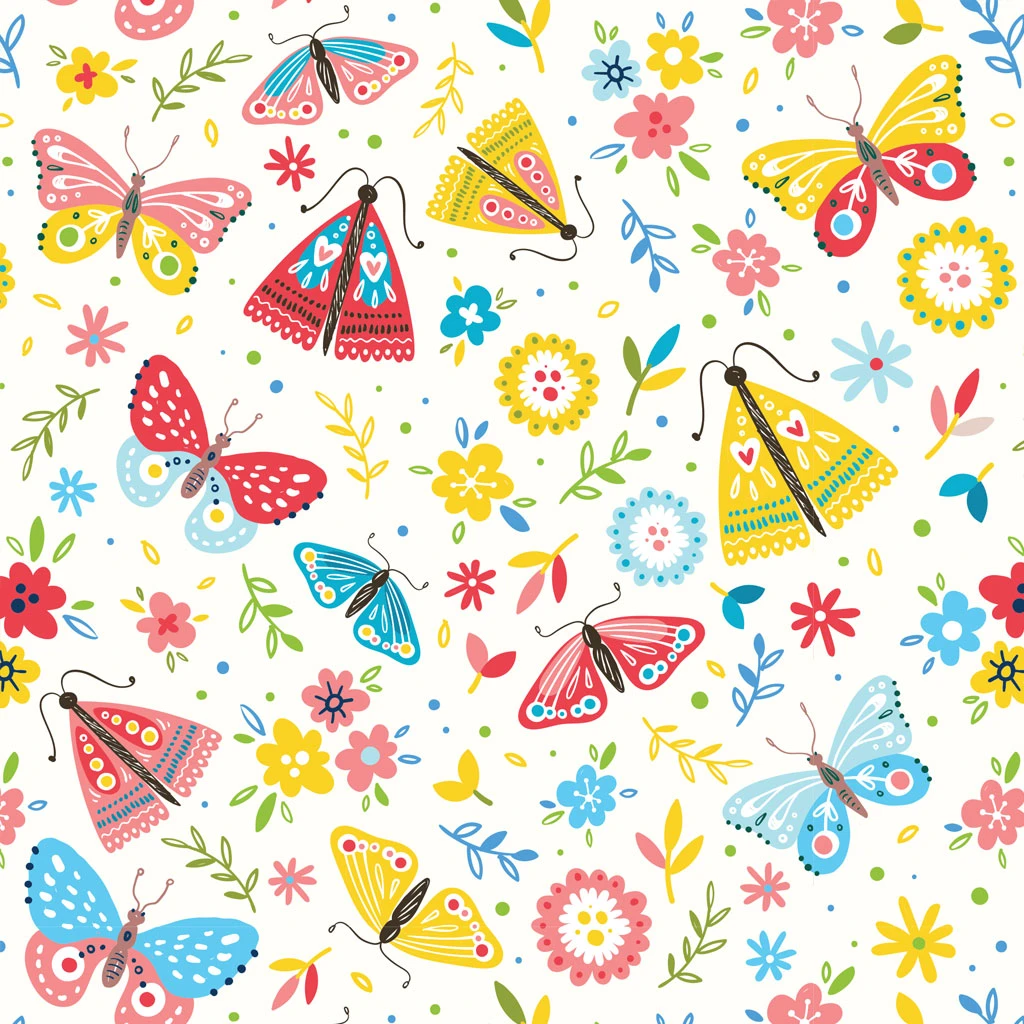RD2 Rectangle
RD2 Rectangle
Share this product
Each RD2 Form has a soft rounded edge, 2" spacing from base to rim, and 3/4" depth.
Clay should be left on the RD2 forms until stiff, leather-hard.
The RD2 Rectangle 7x10" Form is perfect for making salad plates or trinket dishes.
The RD2 Rectangle 9x12" Form is a great size for making large dinner plates and serving trays.
The RD2 Rectangle 11x14" Form is perfect for making large platters and serving trays
Take a look at the videos below (or check out all of the videos on the GR Pottery Form YouTube channel) to learn some tricks and tips on how to use the GR Pottery Form Molds.
Hurry up, only 6 items left in stock.
Your payment information is authorized at checkout, your order is then reviewed by staff, and your payment is processed securely after your order is confirmed. We do not store credit card details nor have access to your credit card information.






